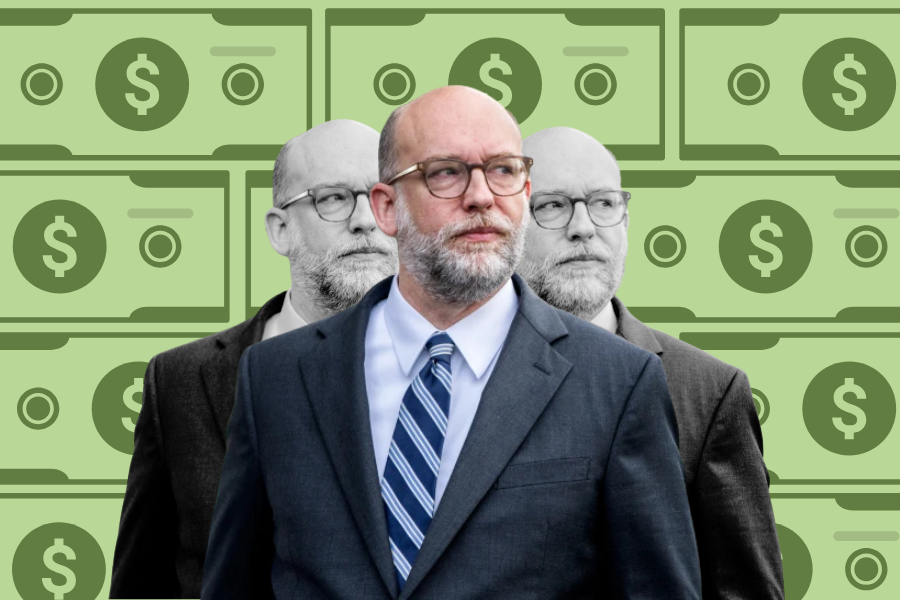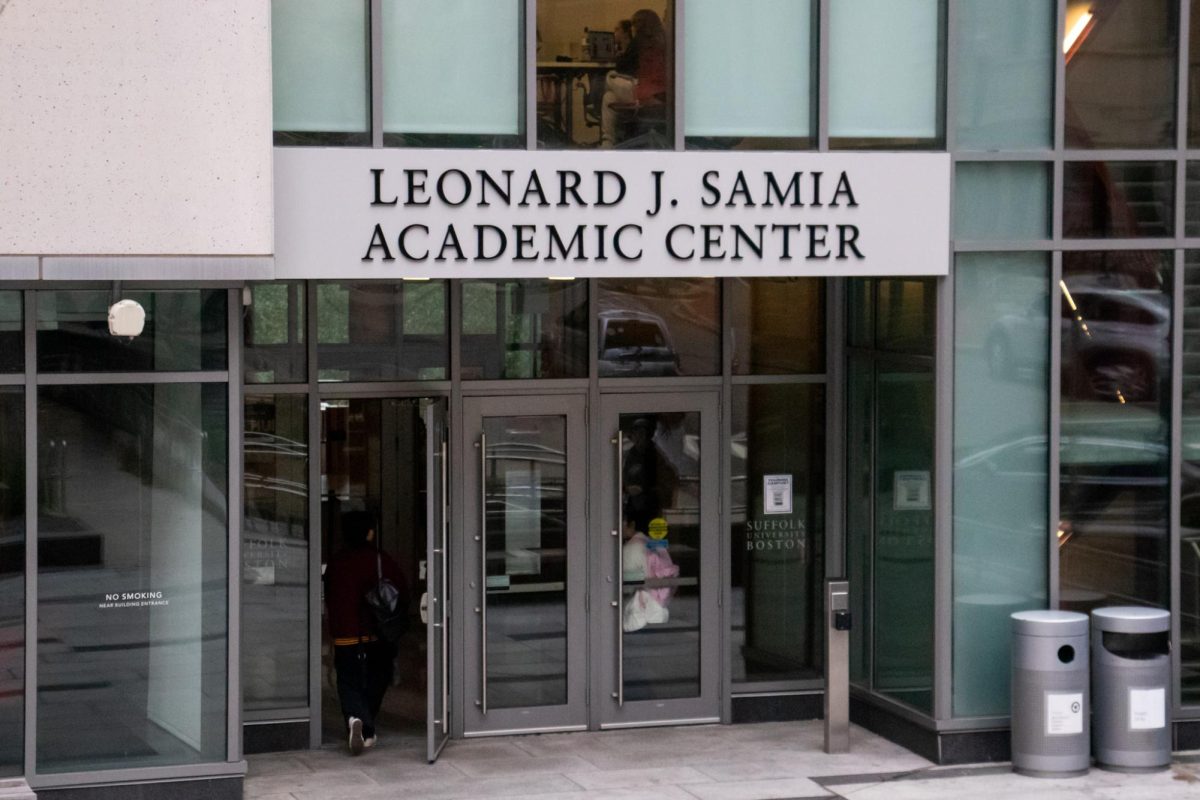
By Patricia Negron
Public education is, in theory, supposed to provide equal opportunities for all students. However, some schools are much better equipped and have more resources than others, which has been proven to affect students’ academic career.
Where your parents can afford to live affects the quality of your education, despite the fact that providing everyone with a great public education is in the country’s best interest in the long run.
If providing the same education to all students were a real priority, schools located in poorer areas would not receive so little funding.
According to the U.S. census website, property taxes make up the second largest chunk of money schools receive. The schools with expensive properties have bigger budgets, which means they can spend more on resources to create a better learning environment.
The problem is that students who are going to schools with big budgets already have more opportunities and privileges than students who are going to schools with less funding.
Recent research cited by the Washington Post proves there is a correlation between schools having more money and giving students a better education — which should be obvious.
There’s an even bigger problem: the No Child Left Behind Act. The policy offers funding to local school districts in exchange for their compliance with academic standard and curriculum guidelines (including testing) and licensing teachers. In theory, this sounds ideal, but in practice it is not enough to guarantee that no child is left behind.
“Flexibility and a deeper understanding of how human beings learn are the missing ingredients in the overarching national education policy of NCLB,” said Professor Elizabeth Robinson, director of education studies at Suffolk. “No school, classroom or student is the same and having a rigid policy for approaching the education of all U.S. children and testing their knowledge of prescriptive curriculum is not education, it is a formula and a formula that has not worked for too many children.”
These test results also affect the real estate market: school districts whose pass rates improved by 20 percent experienced a 7 percent increase in home prices in the district, according to a study Joel Spring cited in his book “American Education.”
This easily turns into a downward spiral in which children are not doing well and their education lets them lag behind, using standardized testing as punishment and grounds for further marginalization.
Though racism still exists, it is not the biggest problem in education: classism is what’s being used to segregate students now. The problem with classism is that it includes racism, but also encompasses so much more.
We can see this in education through the absence of a multicultural and universal design in curriculum frameworks.
Access to quality public schooling is extremely important from early childhood on. According to Education Psychologist Jeanne Chall’s developmental model of reading, from fourth to eighth grade children’s reading skills are supposed to continuously progress to be able to process content, so instead of “learning to read” they are “reading to learn.”
If children’s reading skills don’t develop correctly in this time frame, they will encounter problems in other classes because they are expected to understand content through reading.
Students in middle-class English-speaking families are exposed to more than three times as many words per hour than students in welfare homes, according to a study cited by John W. Santrock in his book “Educational Psychology.”
If they’re not getting the same learning opportunities at home, and they’re not getting the same learning opportunities in school because resources are scarce, where are they supposed to reinforce the skills necessary to move on to the next grade?
Low-income and minority students have to deal with enough difficult situations as it is without having to worry about the quality of their education.
Making sure funding is distributed fairly so schools in poorer districts aren’t marginalized is one way to level the playing field for all public school students.
More than 50 years have passed since the U.S. Supreme Court ruled against segregated education, but it seems not much has truly changed. It’s impossible to achieve the “American dream” when so much is against you, and it seems pretty absurd that the public education system is still not offering the same opportunities to all students.







